
Learning Community > Aquarium Setup > 5. Lighting
“The Power to Grow… or Overgrow”
Let’s talk about lighting. Because in the world of aquariums, light isn’t just for seeing—it’s for growing. It’s the fuel for photosynthesis, the spotlight on your aquascape, and—if misused—the fast track to an algae nightmare.
Alright, science time—just for a second.
Light is technically electromagnetic radiation with wavelengths between 380 nm to 750 nm, visible to the human eye.
Why does that matter? Because not all light is equal. Plants use specific light spectrums for growth, while nuisance algae also thrive on certain wavelengths (especially UVB).
So while this might sound like a physics lecture, knowing your light = understanding your control panel for plant growth and algae prevention.
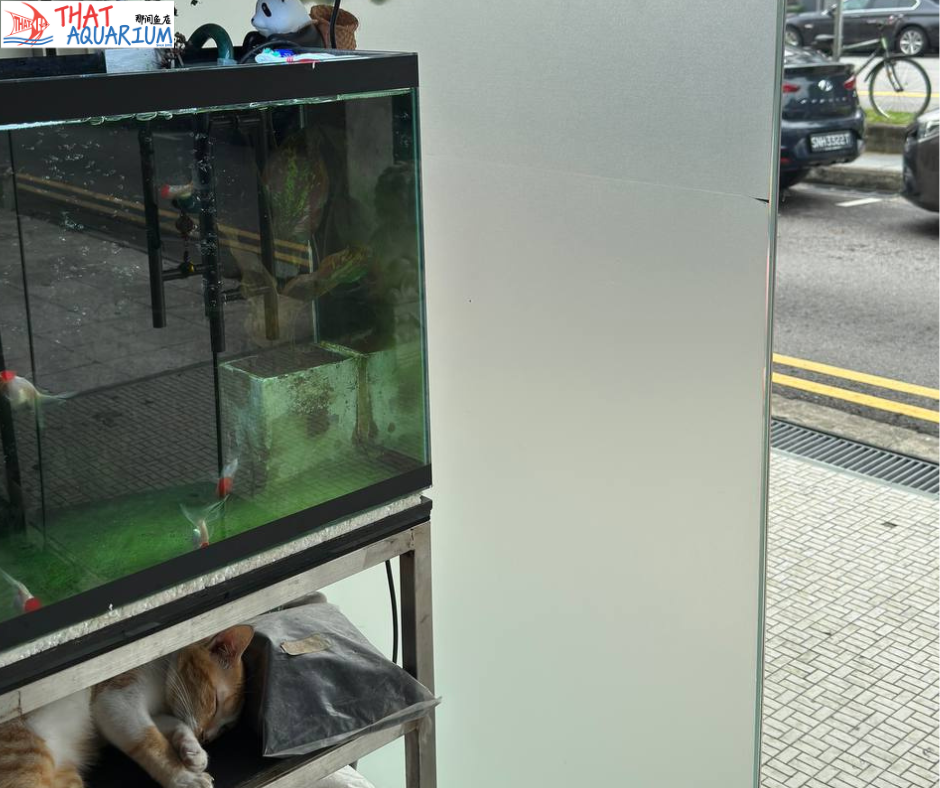
Short answer: No.
Long answer: Absolutely not.
Here’s why using natural sunlight is a bad idea:
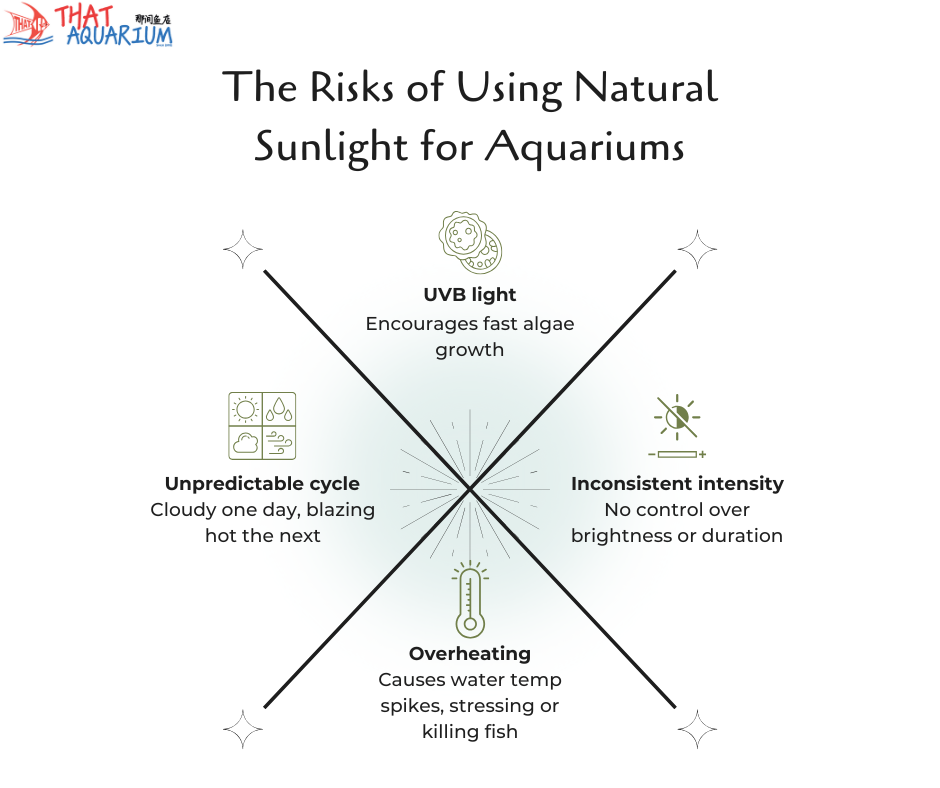
💡 Keep your tank away from windows and stick to controlled artificial lighting. You’re the ruler of your aquarium kingdom—take control.
We’ve come a long way, and aquarium lighting has evolved incredibly over the decades.
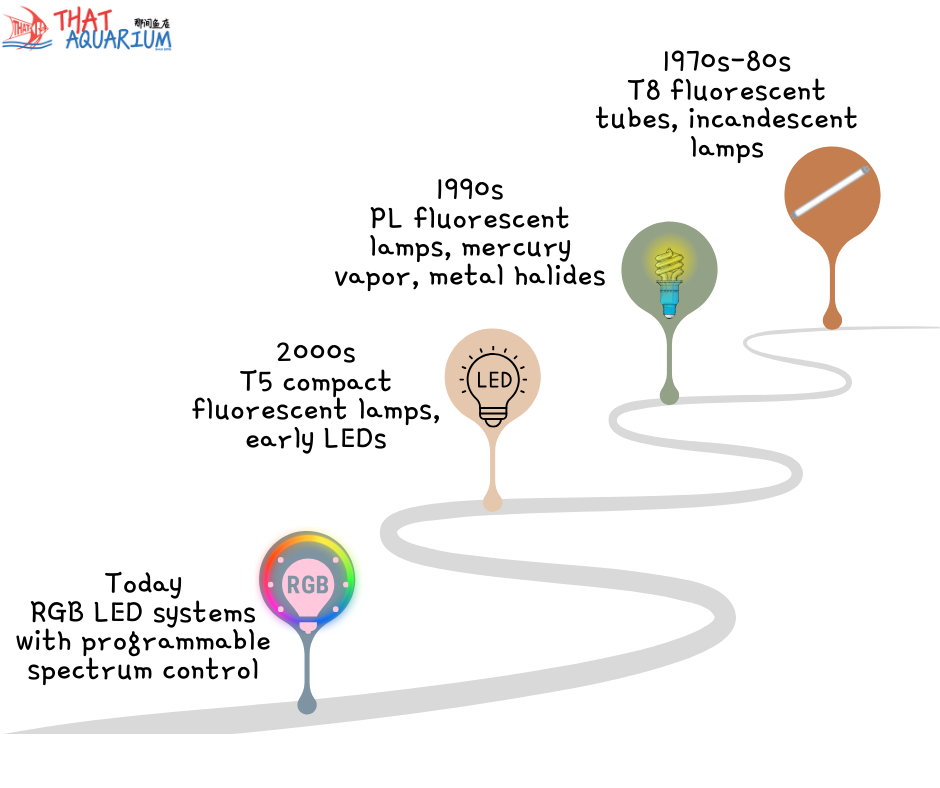
Modern RGB LEDs are now the gold standard. They’re energy-efficient, customizable, and bring out the best in both plants and fish coloration—while being easy to control with timers and apps.
This is where many aquarists slip up. The amount of light and how long it’s on can either support a thriving planted tank or fuel an algae explosion (hello green water 👋).
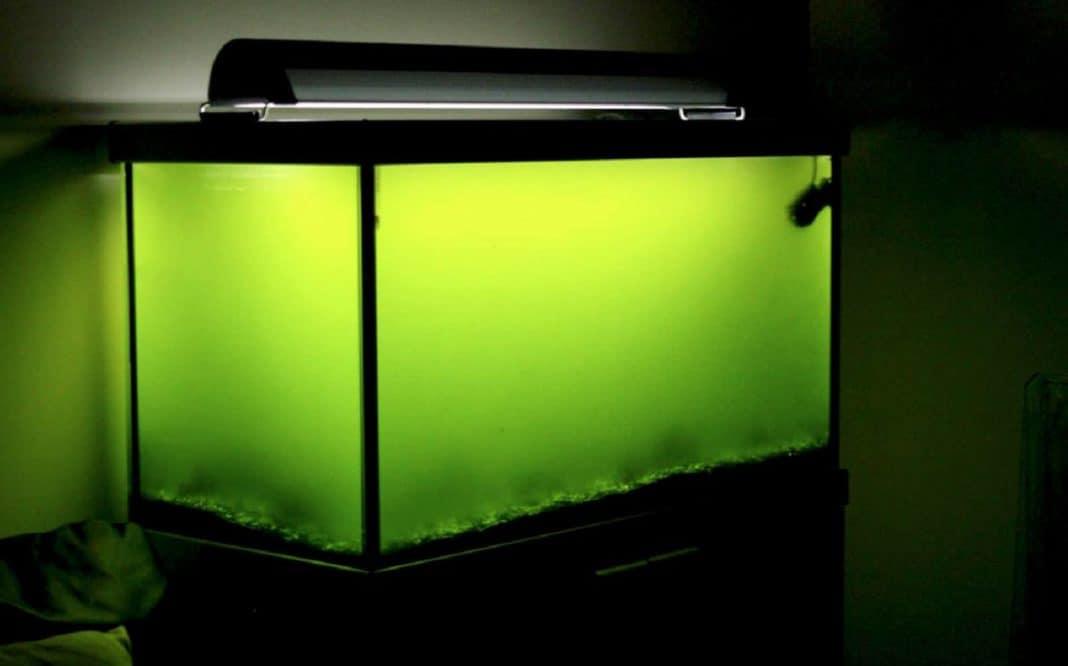
Here’s a general lighting guide:
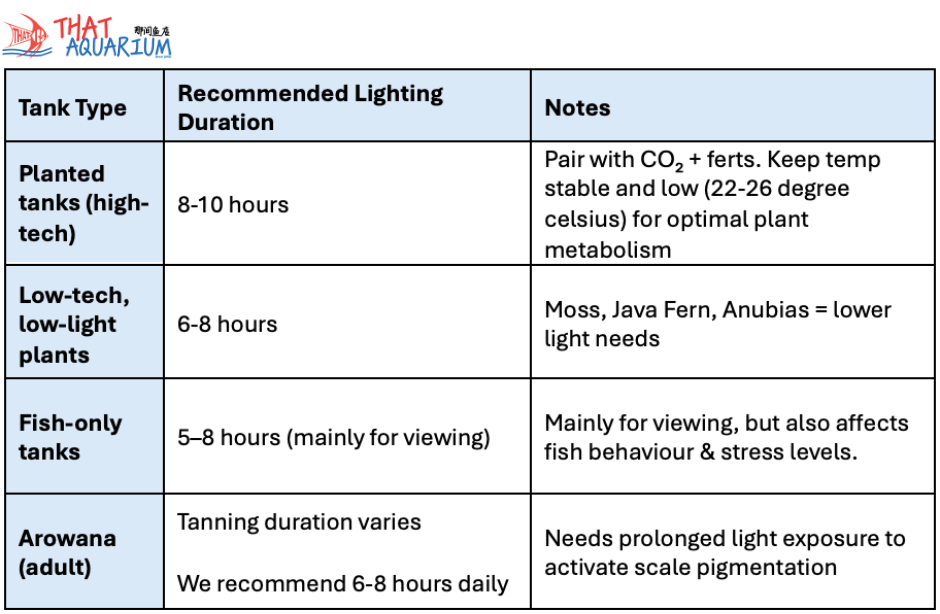
⏰ Use a timer. Let technology do the work—turn your lights on and off constantly every day.
Aim for a consistent 22°C – 26°C for most planted tanks. Too warm, and you risk speeding up algae growth; too cold, and your plants may stall despite bright lights.
In fish-only tanks, lighting isn’t just for looks—it can shape how your fish looks.
Arowanas, especially premium varieties like Red or Gold, need “tanning” lights to help bring out their scale coloration as they mature.
💡 Proper tanning lighting stimulates chromatophores (pigment cells), helping fish develop deeper, more vibrant colors—just like how some plants need intense light to turn red.
Use dedicated tanning lights (e.g., full-spectrum LEDs or halogen fixtures designed for pigmentation) and follow a controlled photoperiod. Be careful not to overdo it—too much light without water changes = stress and algae.
Light and temperature are accelerators in your aquarium. Used wisely, they help your tank thrive. Unchecked, they invite chaos (usually green and slimy).
✅ Match intensity to your tank goals
✅ Stick to a fixed daily lighting schedule
✅ Limit excess heat—especially in sealed or summer setups
👑 You’re the ruler of your tank. The light doesn’t control you—you control the light.
✅ Lighting fuels your ecosystem—use it thoughtfully
✅ Avoid natural sunlight—go for controllable, consistent aquarium lighting
✅ Use modern RGB LED systems for custom lighting tailored to plants, fish, and display goals
✅ Stick to 8–10 hours max for high-tech planted tanks, 4–6 for low-tech planted tanks, and use timers
✅ In planted setups, keep temperature stable—plant growth depends on it
✅ Arowana? Use tanning lights to support pigment development during adult phase
✅ Light + heat = algae if unmanaged—balance is everything
Confused about which light fits your tank? Wondering what’s best for your plants, your Arowana, or your aquascape goals? Drop by our store or send us a short video of your setup. Our aquarists will help you light up your tank—without lighting up an algae bloom.
Proudly presented by our That Aquarium Digital Team, where innovation meets aquatic excellence.
Published on 13 June 2025
Author: Kelvin Phua
Illustrator(s): Chai Minyu, Abbie Tan
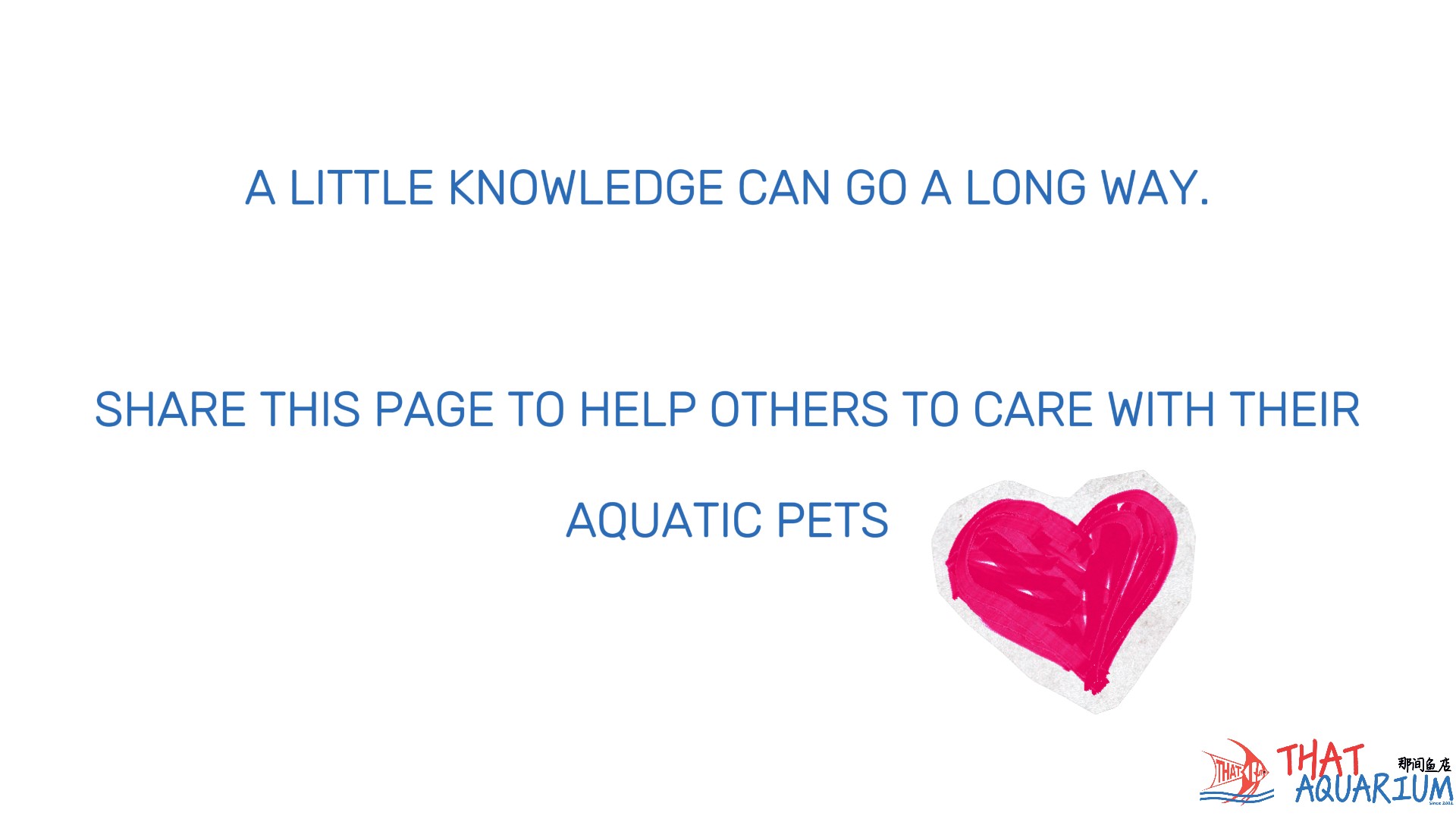

At That Aquarium, we believe that exceptional CARE is the foundation of our success. We are committed to treating each customer and every aquatic life with genuine compassion and respect. Our dedication goes beyond providing quality products and services; we strive to create a nurturing environment that delivers a therapeutic experience for our customers, our aquatic life, and our team. Guided by principles of integrity, forward-thinking mindset, and continuous improvement, we aim to foster a harmonious and supportive atmosphere. Our focus is on ensuring that every interaction reflects our dedication to excellence and our care for both our people and our community.
That Aquarium